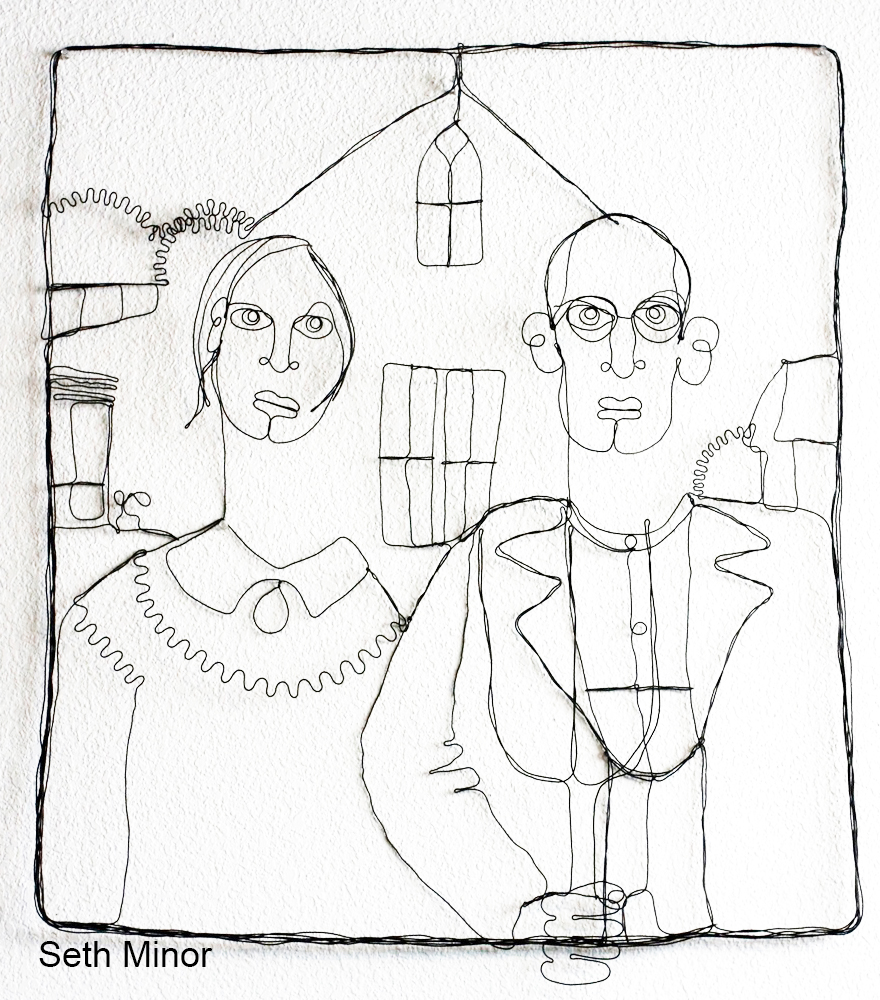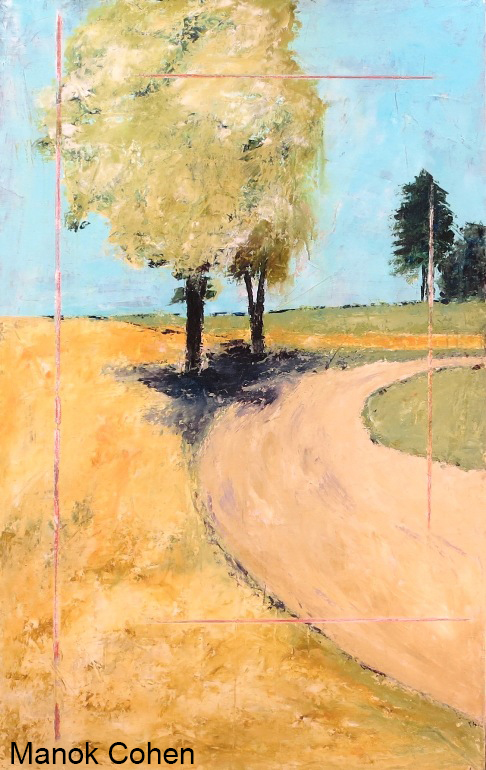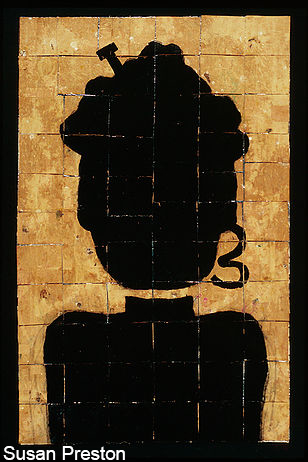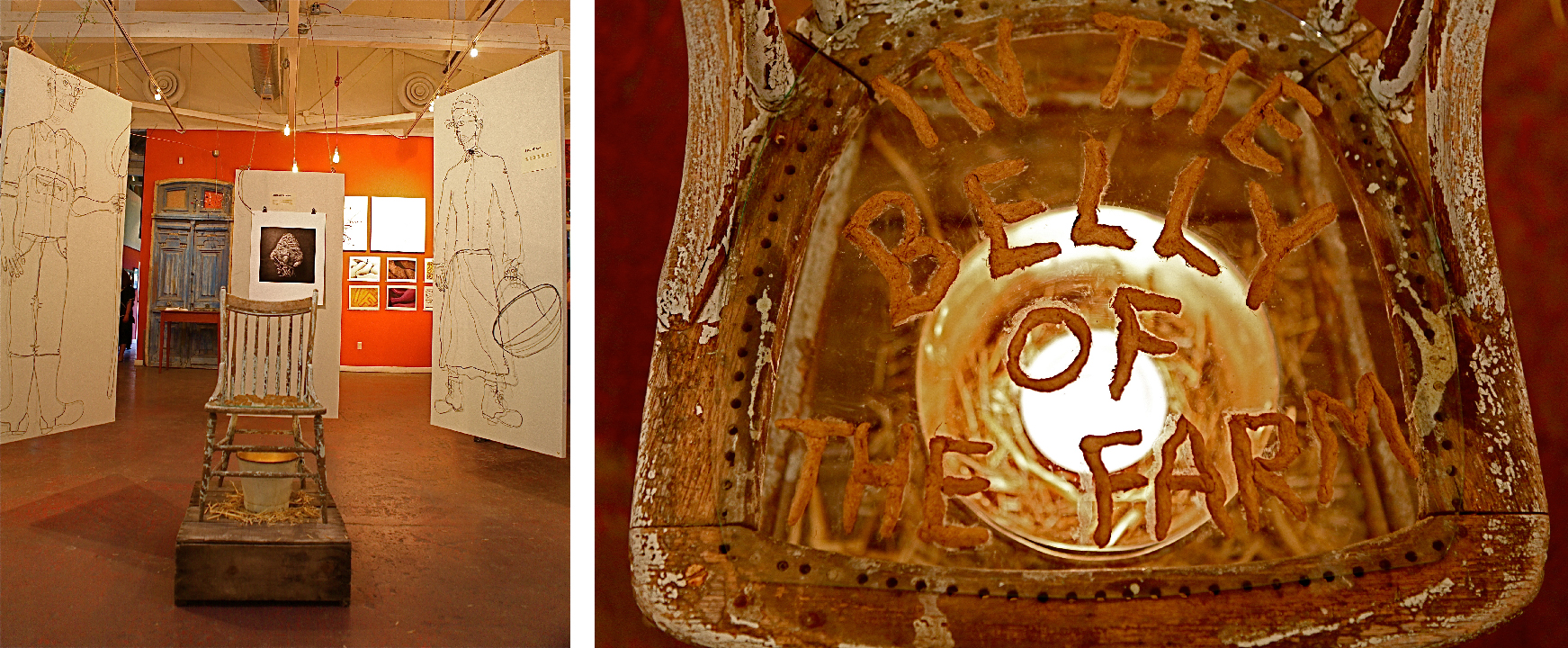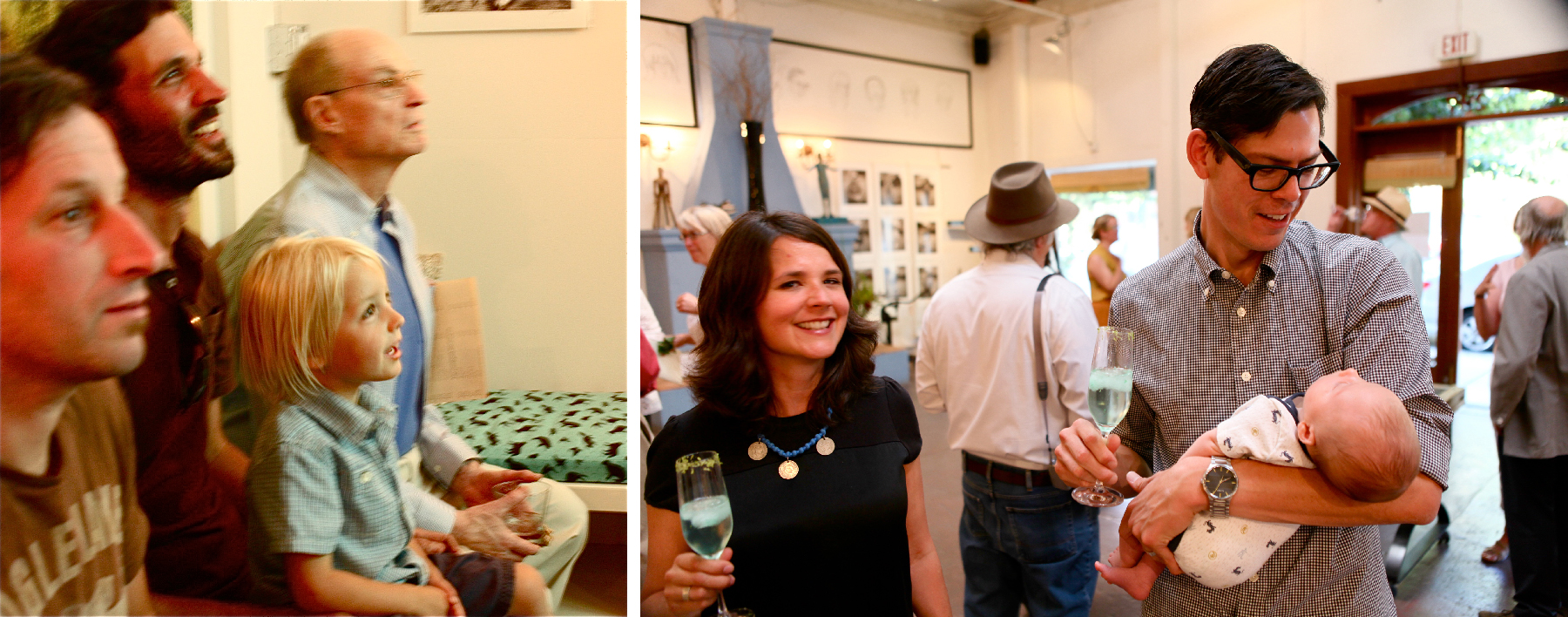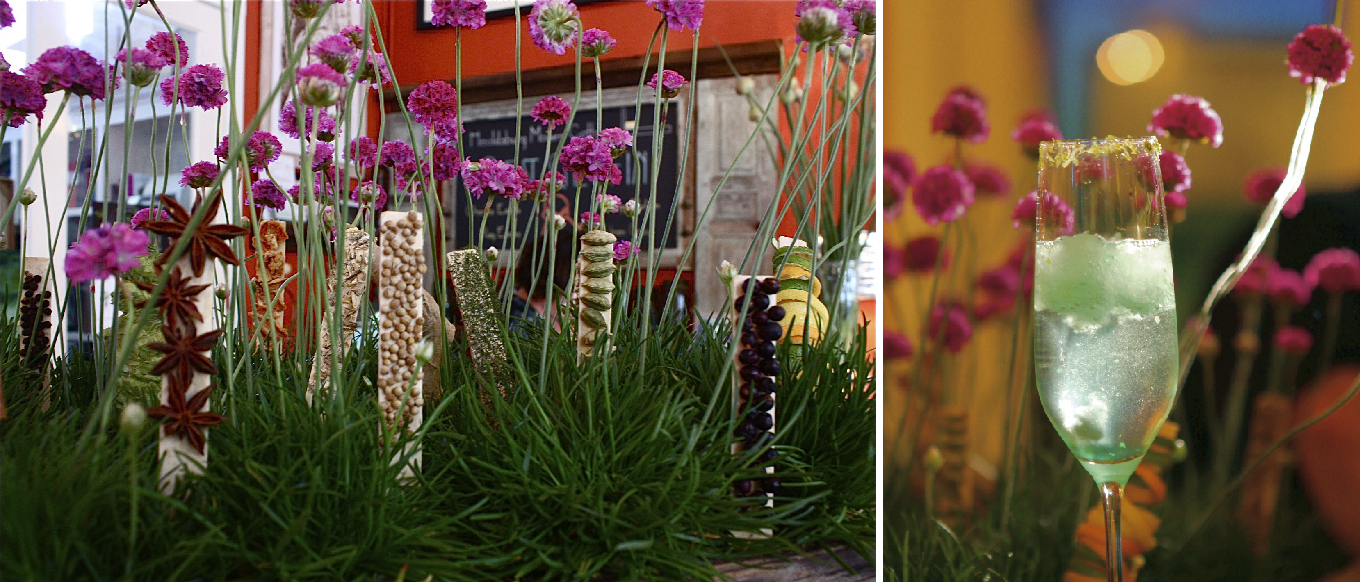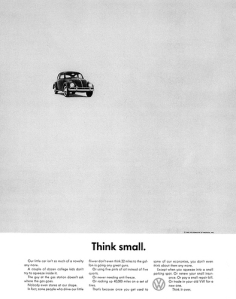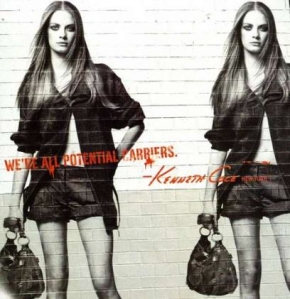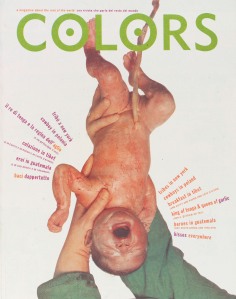It’s easy to complain how living online has reduced the number of meaningful interactions we have nowadays. Language has become weaponized at the same time the experience of Covid has made us reticent to express ourselves with ease in casual social settings. Shellshocked by technological ‘progress’ that has been busily re-wiring our brains along with our social systems, “across multiple platforms,'“ it’s hard to escape the sense that we are unwittingly dumbing down real life, losing the visceral connections we so need from one another. Even the concept, the experience of “real’ has become suspect. And don’t get me started about facts. We’re parched, especially from the lack of honest connection that once served as a conduit to genuine community.
Sunday was a group quenching. Almost like a fragrance, joy floated through both gardens as past and present co-workers, industry friends, artists, friends and family gathered to celebrate Barndiva’s 20 years in Healdsburg. Geoffrey, Lukka and I were truly delighted with the memories that everyone shared at the ways the Barndiva experience holds a fond place in their lives.
There was a wonderful randomness to the crowd that made delightful sense. Let’s face it, Barndiva has never known for being just one thing: we started life as a Euro-jazzy bistro, then a gallery, then morphed into a Michelin fine dining restaurant. This year we are back into the studio with the films and soundtracks we love where you can come and dine a la carte, in larger groups, or just slip in for a cocktail or the perfect glass of wine. While the heart of our business has always been our beloved wedding programs, and that hasn’t changed, barndiva has also always been a place for vital community forums, annual collaborative wine tasting events, fund raisers. All the many programs we have invested in over the years to stay engaged, afloat, and relevant have been a reflection of the same desire: to celebrate life as we share conversations worth having around food and drink, social issues. We tilt towards the philosophy that even in spaces where great food and drink and beautiful things surrounding you are deliverable, they are not what you remember years later. It’s the experience. We have created and filled our spaces to reflect what we ourselves would love to discover if we wandered in as a traveler, or frequented as a regular.
Restaurants are the most transactional of high stakes entities, from sourcing - be it from ranch, farm or sea - through the many hands in the kitchen, to that last interaction when someone places a glass or a plate on the space in front of you and invites you to ‘enjoy’. We hide that it’s bloody hard. We delude ourselves but know it will never gets easier. So many pieces need to be in play often at the same time. A sense of urgency is always present. So to see the incredible mix of past and present staff on July 14 was a special pleasure. The same for being able to hug and catch up with artists we have supported, favorite winemakers, spirit makers, farmers, earliest customers, wedding couples… and a good dose of family friends, all commingling, gorgeous drinks in hand, on a perfect summer day in gardens which have grown more beautiful around us over the past two decades.
It was the perfect anniversary gift we could have given ourselves at 20. The flowers were glorious, cocktails divine, (with Scott very much in his element), Legacy libations ‘Steamy Windows’ and ‘On the Beach with Fidel’ brilliantly re-interperted by Charles. All the wines we asked Emily to pour reflected the talents of winemakers who passed through the barn at some point before the start of their careers. David and the team grilled succulent pork carnitas with bowls of vibrant spicy condiments that he and Erik had conspired over, and there were delicious fluatas that alas, I missed, in all the hubbub. Everyone leaving could snag a bag of Lynn’s homemade oatmeal and raisin cookies and vegan fudge brownies.
Thank you to all who attended, and big love to those out of town or who live far away and could not be with us, but sent messages of congratulations suffused with delicious, funny, beautiful, ’I don’t give a shit how this sounds I just gotta say it‘ truly remarkable memories. We love ya.
Above, Chef David Morales and his beautiful family. Below, some of our incredible staff both past and present
Below: Our who’s who of Barndiva’s Healdsburg, then and now. We have been blessed with the friendship of many talented local artists, fine winemakers, artisan spirit makers, & farmers over the years, and seeing some of them on Sunday meant the world to us. A wellspring of emotion at the memories we all shared, of a Healdsburg much transformed. Nothing stays the same, nor should it. But the value of real, personal connections built over many years from the respect and profound enjoyment of the work we have all chosen flowed through the gardens in way we rarely see anymore. The nominal ticket price we asked was all donated to FARMpreneurs, a new non-profit focused on guiding and empowering climate-smart small farmers with education and resources to enable their success. Eat the View writ large.
Stay tuned as we move through the year with more celebrations that speak to our remarkable two decades in Healdsburg!
Jil, Lukka and Geoffrey
As it turns out, Photographer Chad Surmick who shot all these images on July 11, 2024 was at our opening on July 11, 2004, though it would be another decade before we really came to know one another, and quite a few more before I was finally able to hand over photographing all things Barndiva and hand it over to him. He moonlights from an all encompassing job at the Press Democrat and Sonoma Magazine, where he has brilliantly captured the full monte of life in Sonoma County for going on 34 years. Beloved by our staff, his ability to capture a moment without affecting the people living through it, with empathy and artistry, is remarkable. We are so grateful for his talent and his grace. Image above: Chad and dear family friend Mindy and her beautiful family, shot by Lukka Feldman.









































































